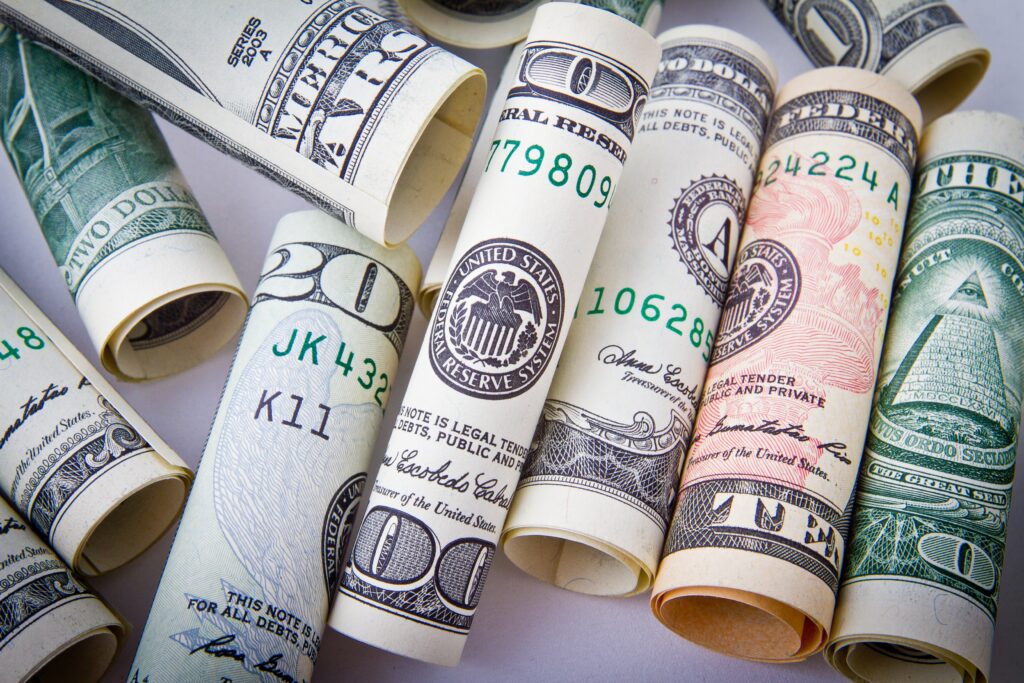Restoring investor confidence in the euro will not be easy

Taking into consideration the global situation and the recession period that is starting to manifest in most countries of the world, the exchange value of the single European currency – the euro (EUR) – has been lower than the value of the US dollar (USD) for several weeks. According to economists, the euro dropping below the dollar was caused by a different monetary policy of the US Federal Reserve System (Fed) and the central bank of the eurozone – the European Central Bank (ECB) with the level of interest rates leading the EUR to a significant decline against the USD.
Interest rates in the United States were gradually increased by the central bankers from the Fed, whereas the European central bankers in the ECB left the rates unchanged at zero and even with a negative deposit rate of -0.50% p.a. for a relatively long time. It was only when the EUR hit parity with the USD that the ECB increased interest rates in two steps, when the current interest rate reached 1.25% p.a. and the benchmark deposit rate, after years of negative interest, became positive at 0.75% p.a. However, the interest rate in the USA already reached a range of 2.25-2.50% p.a. in July of this year. On Wednesday 21 September 2022, a key Fed committee, namely the Federal Open Market Committee (FOMC) discussed further interest rate increases, with analysts predicting a further increase of +0.745%.
On 21 September 2022 the euro fell below the dollar again, when it traded at 9:09 am CET at US$ 0.9898 per EUR with the daily weakening of the EUR by -0.7222% against the USD. At the time mentioned, according to the Dollar Currency Index (DXY), we saw the USD at a price level 110.65 points with a daily strengthening of + 0.39%.
According to analysts, in the past the ECB prioritized economic growth over the negative effects of rising inflation, and after ten years of the zero rates, it wanted to pull interest rates out of negative territory. Once it did, the ECB faced a situation that is truly out of its hands and the Fed’s own rate hikes neutralize any impact on the euro. A big drop in US inflation numbers could somewhat change that estimate and prompt the market to start anticipating the end of US rate tightening. However, European politicians may be watching the first effects of the steps taken by the new British Prime Minister Liz Truss in the coming days. Her plan to curb energy prices has been valued at more than £100bn, while similar moves may be unaffordable for more heavily indebted eurozone governments. Solving the gas problem, in order to save the economy and stop the fall of the euro, now seems more crucial than any rate hike.